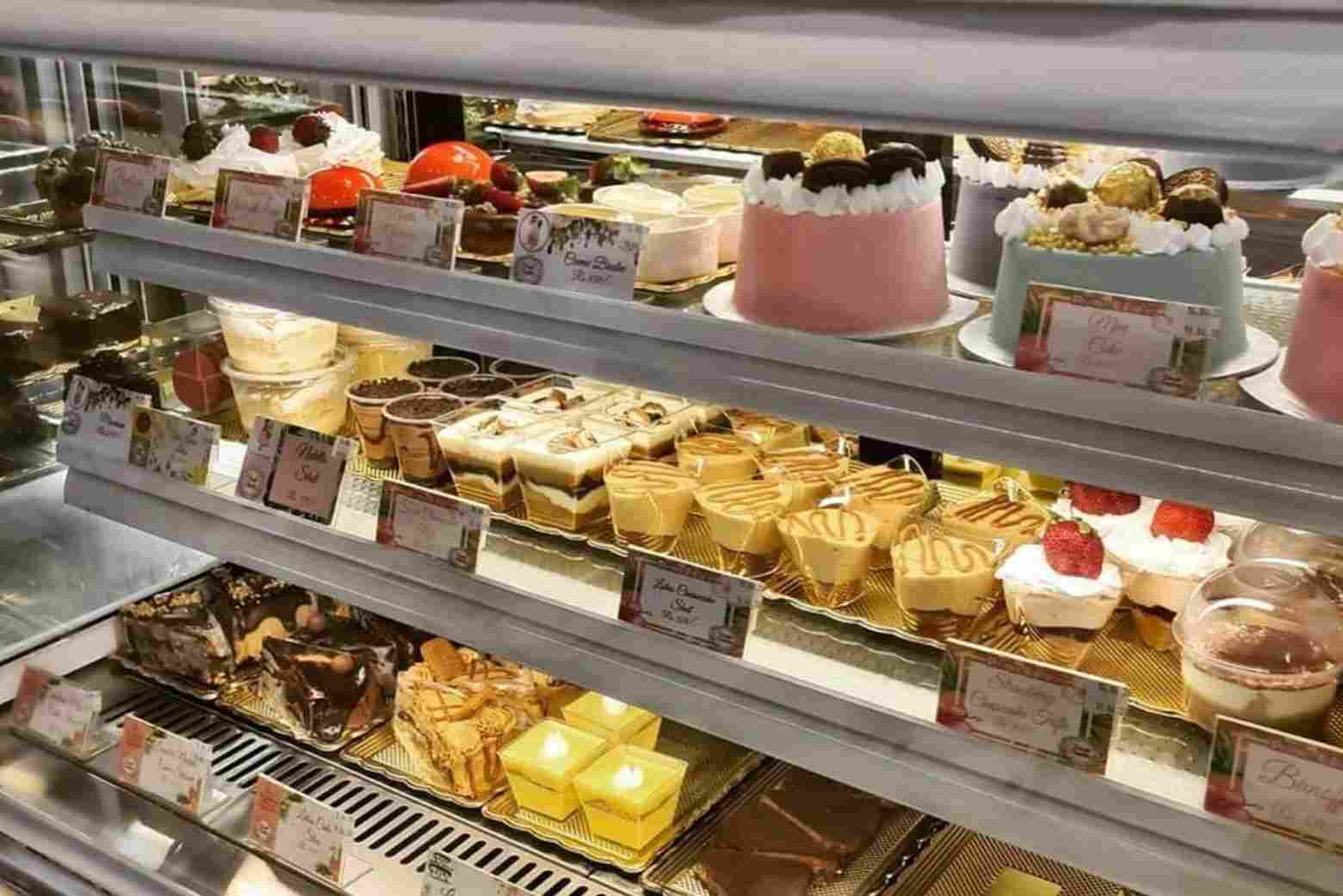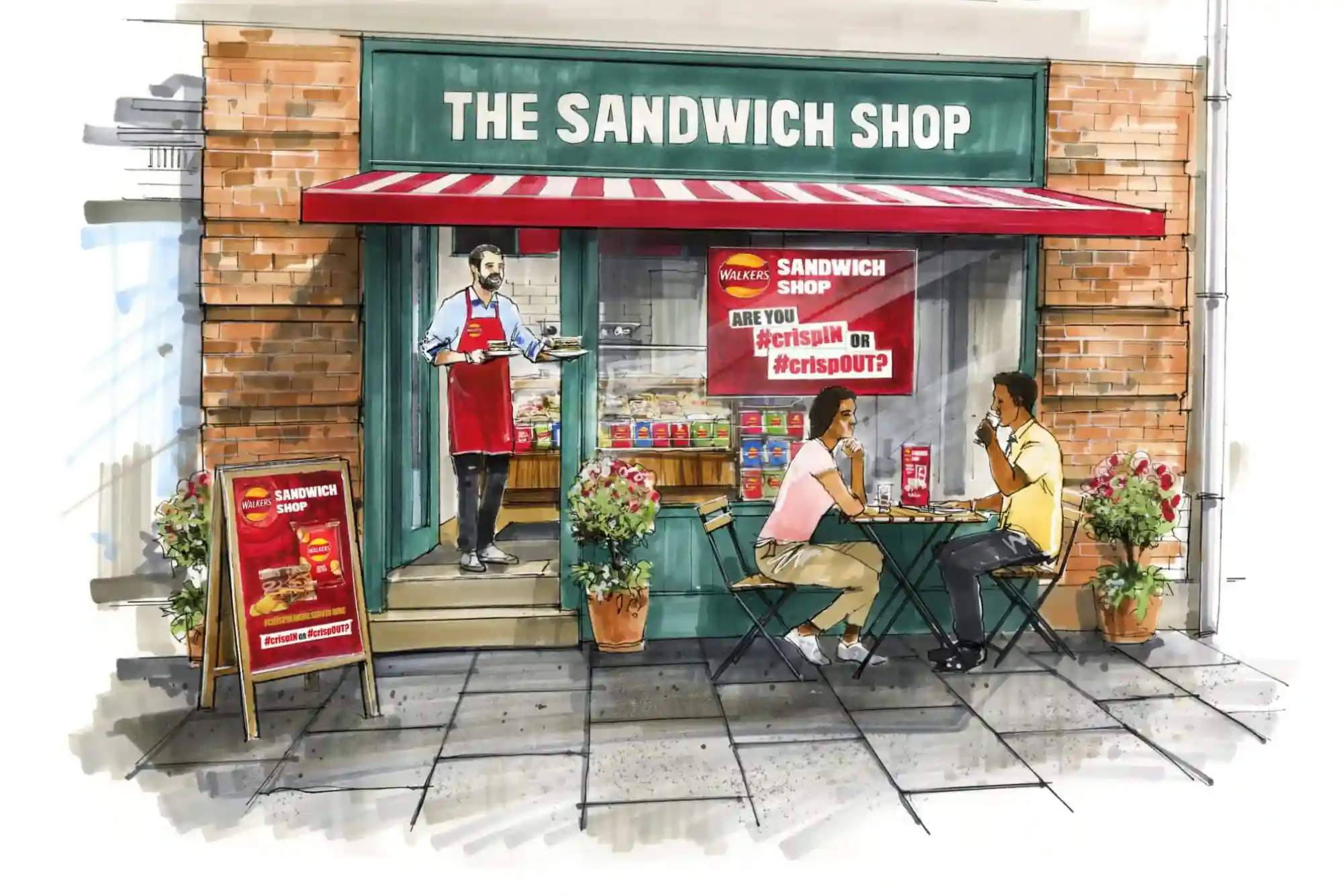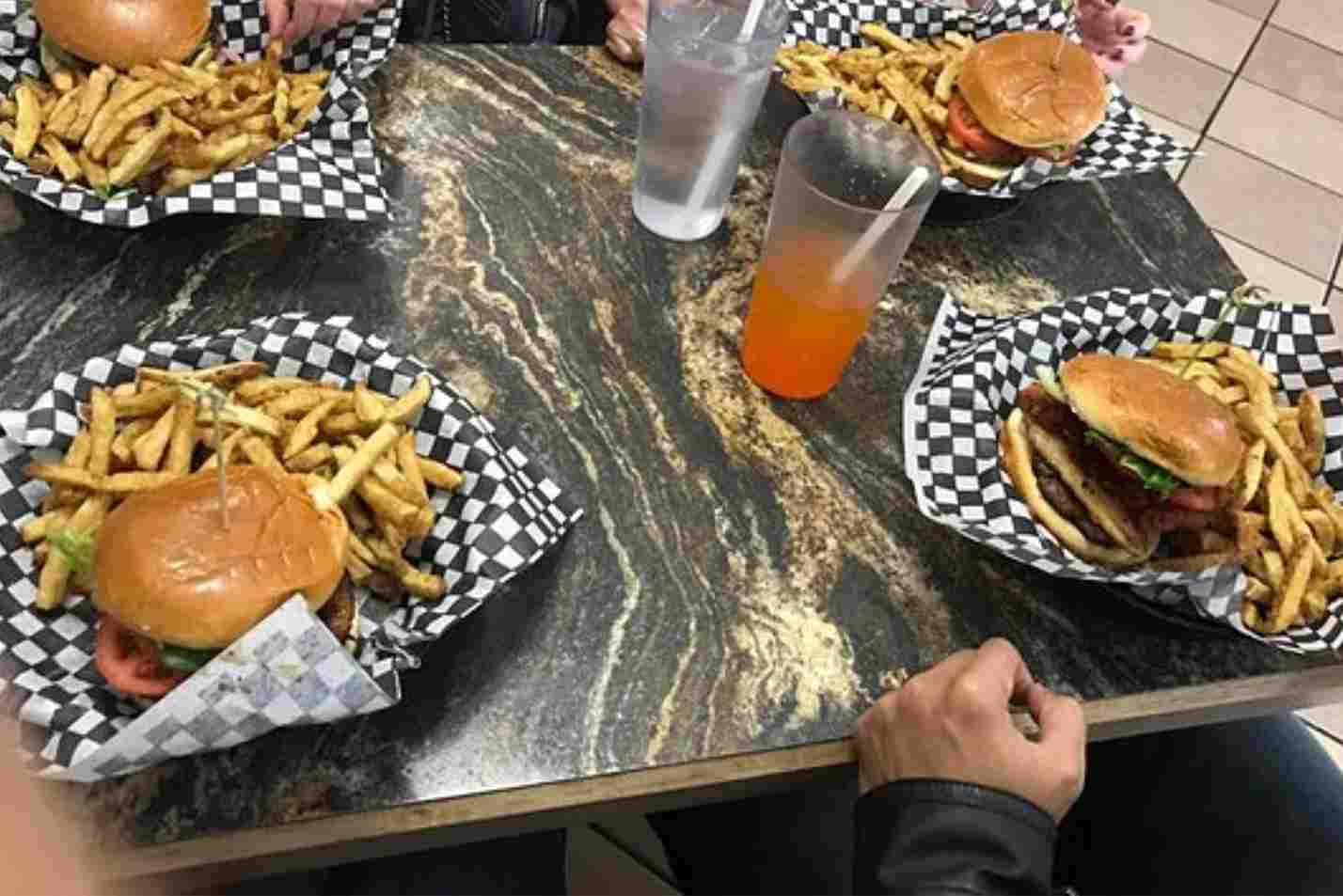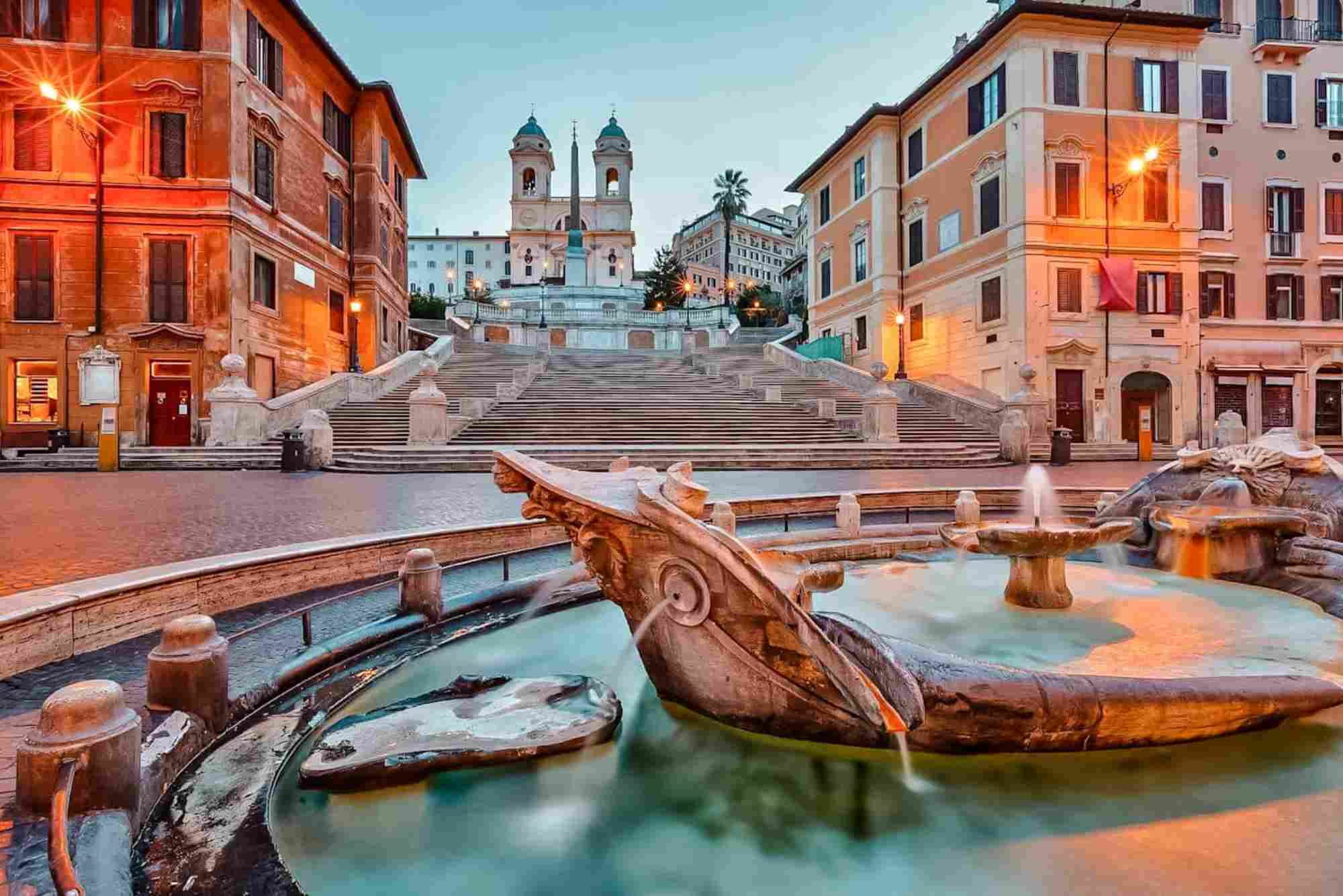Introduction
Travel and leisure often tempt us into extremes. One day we might binge‑shop at outlets or malls. On another we might immerse ourselves in art at museums. Yet there is a smarter way — to seamlessly balance outlets, malls and museums so each outing nourishes both the wallet and the soul. In this article I explain how to strike that balance, plan smarter days, and truly enjoy both retail and culture with minimal stress.
Why Balancing Outlets, Malls and Museums Matters
Most people love shopping — browsing deals at the nearest outlet or strolling through gleaming mall corridors. Others crave a deeper experience — reflecting over paintings, history, or scientific marvels in a museum. When you alternate between shopping and culture, you diversify your experiences. This not only enriches your day, but it also prevents burnout. Instead of feeling drained after hours of retail therapy or confused after long museum tours, you enjoy contrast. Retail satisfies immediate wants, while museums feed long-term curiosity.
Moreover, balancing outlets, malls and museums helps make better use of time and money. Shopping sprees without thought often lead to overspending. Museum visits without planning may feel overwhelming or rushed. By combining both, you give yourself structure. You allow time for good deals and place for calm reflection. As a result, you enjoy more, feel less guilty, and come home content — not exhausted or empty‑handed.
How to Plan an Effective Day Out
To effectively balance outlets, malls and museums, start by thinking like a planner. First, choose a museum that excites you. Then, locate nearby malls or outlet centres. Next, map a schedule that gives you breathing room. For example, begin with a relaxed stroll through a museum. Afterwards, transition to a mall or outlet centre for lunch, shopping, or a coffee break. This way, you satisfy both hunger for knowledge and desire to shop.
When picking which venues to visit, consider convenience and variety. Big cities often have renowned museums and well‑stocked malls close by. Smaller towns might offer charming local museums alongside modest outlet shops. If you are travelling, it is wise to check opening hours. Museums often close earlier than malls. That means a museum trip in late afternoon could end abruptly. By planning to start your museum visit early, you leave ample time to enjoy shopping when malls remain open.
Benefits of Starting With a Museum
Beginning your day at a museum offers a mental reset. When you arrive fresh, your mind is sharper, more open. You absorb art, history or science more deeply. In that calm state, you appreciate quality — not just of exhibits but of life. Then, when you head to a mall or outlet, you shop with perspective. You buy what genuinely appeals.
Moreover, museums often expose you to new styles, cultures or past eras. This exposure can shape your taste. It might influence how you dress, decorate your home, or plan travel. Later, at a mall or outlet, you may find clothing or décor items that echo what you saw in paintings, historical artifacts, or design pieces. In this way, your museum visit enriches your sense of style and purpose. Shopping becomes not mindless but intentional.
When Shopping Comes First
Sometimes it makes sense to start with shopping. Perhaps you have deadlines — for gift buying or school supplies. Or maybe a certain sale at an outlet runs limited hours. In those cases, you might go shopping first. But even then, a museum visit afterward helps. It gives you a chance to reflect, decompress, and avoid impulsive second purchases. You see your purchases in the light of your values, rather than temporary impulses.
If you choose to shop first, avoid rushing. Take short breaks. Sip a coffee. Then head to a museum where time slows down. You might appreciate art or history more deeply precisely because you have already satisfied material desires. This can prevent buyer’s remorse later. As a result, you enjoy better peace of mind and deeper satisfaction.
How to Choose the Right Combination
Not all outlets, malls and museums suit every mood. Thus, choosing thoughtfully matters. Look for variety. Perhaps a museum of natural history followed by a mall selling outdoor gear. Or an art museum and a boutique‑filled mall for fashion lovers. Matching interests across shopping and culture creates synergy.
Also consider ambience. Some malls are chaotic, bright and loud — perfect if you enjoy energy. Others are calm, boutique‑style, and peaceful. Similarly, museums vary. Some focus on modern art with browsable galleries. Others showcase interactive science, history, or technology. Match museum style to the kind of shopping you intend afterwards. A calm museum followed by a peaceful boutique mall makes for a relaxed outing. Vivid modern art followed by vibrant, trend‑driven malls energises a different kind of day.
Creating a Balanced Itinerary Without Overdoing It
It is easy to overbook a “culture + shopping” day. You might rush through the museum, then cram too many shops. This defeats the purpose. Instead, aim for balance and breathing room. Allow yourself at least thirty minutes between museum and shopping sessions. Use that break for lunch, coffee, or a walk in a nearby park.
Try resisting the urge to check every store or gallery. Focus on a few meaningful exhibits or shops. Quality matters more than quantity. Walk slowly. Observe what catches your eye. Let your mind wander naturally from art to life. This relaxed pace prevents decision fatigue. It also helps you reflect on what you truly want — whether a meaningful souvenir or a thoughtful purchase.
Real‑World Benefits: Culture, Savings, Joy
Regularly balancing outlets, malls and museums brings real, long‑term benefits. Culturally, it expands your worldview. You may encounter art that shifts your perspective or inspires a creative project. Historically, it helps you appreciate your roots or global history. Materially, it helps you spend wisely — purchases feel more meaningful, less impulsive. Emotionally, you end the day with satisfaction: you’ve satisfied both curiosity and practical needs.
This kind of balanced day also becomes a memory machine. Instead of a blur of stores, or a hurried museum walkthrough, your outing turns into a story. You recall the painting that caught your heart, the conversation at a café, the perfect scarf you found in a boutique. In hindsight, the day feels rich. As a result, you invest not just in material goods, but in moments, experiences, and growth.
Balancing outlets, malls and museums offers a richer, smarter lifestyle. It allows you to satisfy retail desires while nourishing your mind and spirit. With simple planning you can enjoy meaningful museum visits and thoughtful shopping in a single day. You’ll save time, money, and emotional energy while building memories rather than clutter.
Frequently Asked Questions
How can I balance a day of outlet shopping and museum visits?
To balance a day of outlet shopping and museum visits, start by planning ahead. Choose a museum with exhibits you genuinely want to see. Visit it first when you are alert. After that, move toward a mall or outlet nearby. Allow a break for food or rest between the two. This ensures you enjoy both without rushing or fatigue.
Is it weird to combine mall visits with museum trips?
Not at all. Combining mall visits with museum trips is smart. It combines practical needs (shopping) with personal growth (culture). The contrast often makes each experience richer. Museums calm your mind while malls satisfy daily wants. That makes the outing balanced and refreshing.
What is the best time to visit museums and shopping outlets?
The best time to visit museums is early, soon after opening hours. That helps you avoid crowds and stay alert. Shopping outlets and malls often stay open later. So doing museum first lets you enjoy art and calm, and then shop without rush or stress. If you must shop first, aim to finish before peak evening crowds.
How do I avoid overspending when visiting outlets after museums?
To avoid overspending, go with a clear budget. After a museum visit you may feel inspired — and thus tempted to buy more. But pause before paying. Reflect: Do you really need it? Does it match your style or values? Shopping with intention — not impulse — often leads to better satisfaction and fewer regrets.



























